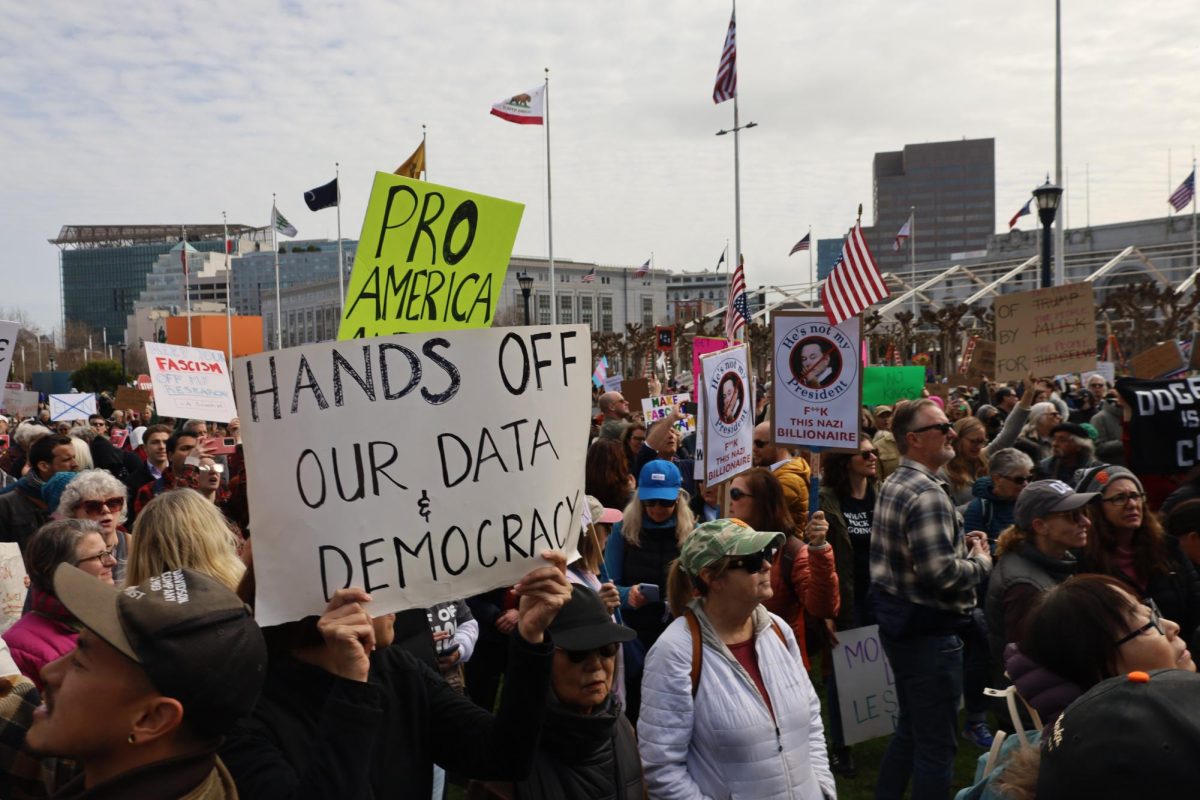Yet again, the Board of Trustees has authorized more executive pay increases in the same year as they approved a tuition increase.
Last Wednesday, while students and faculty at SF State were on Spring Break, the board voted in favor of a 10 percent pay increase for the next CSU Fullerton president and the new CSU East Bay president.
This comes before a looming $750 million cut that the CSU system could face in the fall, and the decision by CSU Chancellor Reed’s office to waitlist as many 25,000 students applying for Fall 2013.
Admission for the Spring 2013 semester is also frozen and only a few students with specific requirements will be admitted to select campuses.
“When the students are suffering, CSU should not be handing out such exorbitant executive compensation,” said Senator Leland Yee in a press release.
Students who are applying or have been accepted for Fall 2012 may not be directly impacted by this decision, according to CSU spokeswoman Stephanie Thara.
“This may increase the challenge to get in (for applicants), such as increased GPA requirements, but there have been no cuts to fall admissions yet,” she said.
According to Thara, the CSU system typically receives about 700,000 applications for the fall semesters and accepts about 90,000.
Spring admissions next year have been suspended except for students who have received an associate degree for transfer. Only eight campuses will be accepting transfer students in Spring 2013, including SF State.
The CSU will not accept any eligible students for Fall 2013 until after the Nov. 6 election, when the Board of Trustees will know if Gov. Jerry Brown’s tax initiative passes and whether or not an additional $200 million “trigger” cut will occur.
This also comes at the same time that SF state is searching for the next University president to take over when President Robert A. Corrigan retires at the end of this semester.
The two pay hikes approved Tuesday are for incoming campus presidents. Upcoming CSU Fullerton President Mildred Garcia will receive a salary of $324,500 plus housing and a $12,000 per year car allowance, while a $303,660 salary, $60,000 per year housing stipend and $12,000 per year car allowance will be paid to CSU East Bay’s newest president, Leroy Morishita.
The interim president for CSU Fullerton, Willie J. Hagan, was making $3,000 less than President Corrigan, who currently makes $298,749 plus a $60,000 housing stipend.
According to a Mercer Report that analyzed CSU executive pay for 2010, despite these seemingly high presidential salaries, the compensation numbers are actually below average.
After comparing the 23 CSU campuses to 15 public and 5 private universities, the report concluded that CSU presidents make 45 percent less than the market average. It also found that cash compensations are 52 percent below average.
The Senate Education Committee voted to ensure a 10 percent cap on executive pay raises for the next six years the day after the pay hike decision. Thara says that while this should not affect the search for the next president for SF State, candidates will be able to know what their maximum compensation could be.
“We have worked with the CSU system and we had hoped that they had learned their lesson, but last fall they increased tuition and executive pay,” said Adam Kiegwin, chief of staff for Senator Leland Yee.
According to Thara, the issues of increasing tuition and executive pay are unrelated, despite public perception.
“Presidential compensation is not linked to enrollment decisions in any way. Potential enrollment reductions are a reflection of the CSU revenue, as it relates to the state budget. Presidential compensation is established to recruit and retain the best leader for each campus,” Thara said.
The CSU system has been cut 33 percent in the past four years, yet incoming presidents are receiving pay increases, including housing stipends up to $60,000 a year.
“Increases in student tuition fees have not made up for drastic state funding cuts to the CSU,” said Robert Turnage, CSU assistant vice chancellor for budget. “The university system is still a half-billion dollars in the hole, and if this trigger cut goes into effect, we will be at the same level of state funding as 1996, but serving 90,000 more students.”
In addition to budget cuts to the CSU system, the total number of faculty and staff have been decreased by more than 3,000 or 6.6 percent of its workforce. Class sizes have increased, faculty have been asked to teach more, and administrative functions are being consolidated.
“I haven’t had a raise since 2007,” President Corrigan said when addressing a group of students in December. “The staff on this campus have not had a raise since 2007. The faculty on this campus have not had a raise since 2008. Every single member of the staff and the faculty took a 10 percent furlough 2 years ago. They took less money in order that classes should be taught.”
President Corrigan also took a 10 percent furlough two years ago, according to Ellen Griffin, University spokeswoman, but she was unable to clarify if President Corrigan has declined a raise.
“It’s symbolic to go out and say I’ll take a cut,” Corrigan said. “The budget that goes out to support all of the management people on this campus is less than 4 percent of the budget. If you’re going to get anything done, you have got to get new money coming in.”






